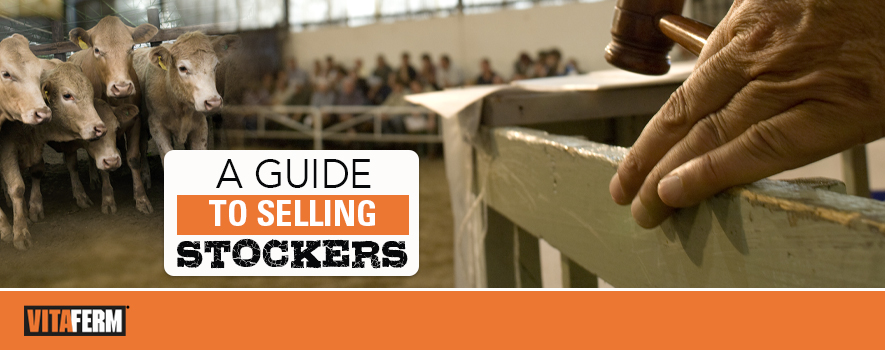For cow-calf producers who spring calve, now seems like a logical time to market weaned calves. You’ve invested time and resources into breeding the cows, raising the calves and getting them weaned. Those cows should be bred back, and the cycle continues. But, is this really the best time to sell? Like any good business manager, producers need to use the resources available to them with some practical record-keeping information to determine the best time of year for them to market their feeder calves.
Glynn Tonsor, PhD, and Professor of Agricultural Economics at Kansas State University suggests the price received for feeder calves is impacted by the simple principle of supply and demand. Since a majority of producers spring calve, there are more cattle ready to sell in the fall, therefore the price is typically more depressed. Conversely, with fewer fall-born calves, the supply in the spring is lower, so those calves tend to bring higher prices.
“Most importantly that is just a sales price; that doesn’t tell you what is most profitable for your operation. The cost of wintering an animal is more than any other season,” Tonsor said.
A higher price on sale day is not on its own indicative of an increased profit. Producers need to be aware of all their input costs and keep records, not only of their cost of gain, but also calculate the value of gain. Simply stated, cost of gain (COG) is the marginal cost of putting weight on your cattle. The value of gain (VOG) takes that a step further to determine if the cost of adding weight before selling your calves will help you turn an increased profit. A simple equation for VOG is: (Sale Price – Purchase Price)/(Sale Weight – Purchase Weight). If the realized VOG is more than the COG, the seller will make a profit. Tonsor recommends www.beefbasis.com as a resource to help project the VOG. This helpful online tool includes price forecasting for various regions across the country, for different feeder cattle types, at different times of year.
“Consider the value of gain for your calves. What do you think those additional pounds will be worth? Everybody needs to compare that to their cost of gain and calculate their inputs compared to overall expenses. An attractive output price doesn’t mean anything if you are a high-cost producer. It’s a net margin that drives the profit. If you don’t measure it, you can’t manage it,” Tonsor said.
Timing is Everything
Old Man Winter isn’t always kind to cattle producers, and therefore, it is more costly to raise a calf through the winter, when you are devoting additional resources to both the mother cow and her offspring. A calf born in the spring and sold during the fall run never has the cost associated with winter care. Tonsor reminds producers that if they do choose to keep their spring-born calves until they are yearlings and sell them in the spring, that is when calculating VOG is imperative.
“Anytime you delay a sale, you are exposing yourself to market risk. That can be good or bad. Risk is often viewed only in a negative way, but when it comes to pricing cattle, good things can develop, and bad things can develop. If you have a corn price spike during that period, feeder cattle get cheaper. If corn drops, feeder cattle get more valuable,” Tonsor said.
Cattle, Corn Relationship
According to Tonsor, the corn market can significantly influence price between selling now or waiting until spring, either good or bad. Once again, the weather conditions and timing are both an integral part of this relationship, that is out of any human’s control. IF the entire corn industry was slow to get its crop in, and less overall corn is harvested, that elevates corn prices, and depresses feeder calf prices. It all goes back to supply and demand.
“The corn, feeder cattle inverse relationship is critical to the cattle industry,” Tonsor reminds.
Walk a Mile in Someone Else’s Shoes
Retained ownership is an alternative that allows the producer to continue owning the cattle through the feed yard, while a feeder finishes the cattle and then sells them to a packer. If a producer has done his or her homework, has studied the future market and calculated their breakeven, retained ownership of calves through the feed yard might be a viable choice. Many custom feed yards will manage cattle, while you still own them, allowing you to potentially get the cattle price back to where you want it to be by owning cattle throughout their life. However, you will have to absorb that market risk and be exposed for a longer period of time to do that.
Generally, once a producer does the calculations, selling the calves post-weaning doesn’t look as bad as it once did.
Marketing your feeder calves doesn’t have to be complicated. Geographic location, timing, weather, and even the corn market all play a role in what you can expect to receive for your calves. Online resources like www.AgManager.info and www.beefbasis.com can help producers forecast the market and make selling decisions. The more you know, the more likely you are to succeed. The key to profitability is good management and knowing what works best for your operation.



